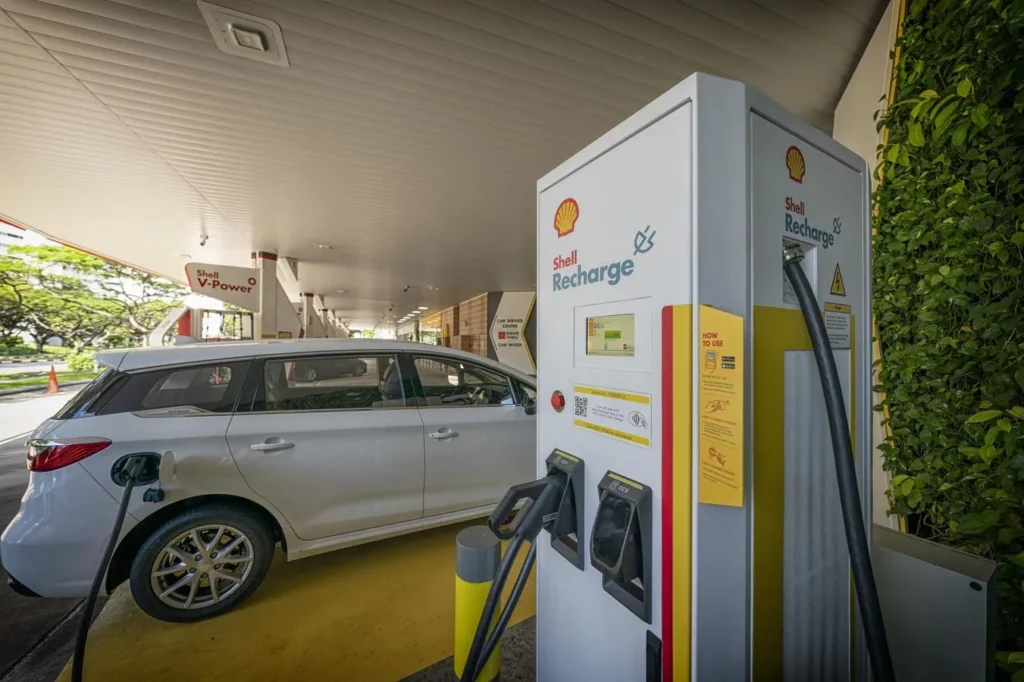
How Rational Is EV Fast Charging When Most Cars Are Parked All Day?
The rapid shift towards electric vehicle (EV) adoption has brought with it a pressing need for reliable and efficient charging infrastructure. However, the widespread focus on fast charging stations raises a crucial question: is it truly rational to prioritize such infrastructure when most cars are parked all day? The answer lies in examining the current state of EV charging.
Almost all discussion around EV charging revolves around “fast charging” at 50kW or more, which would refill a car in under an hour. This fixation stems from the analogy with gasoline stations, where drivers can quickly fill up their tanks before continuing on their journey. However, this approach overlooks several critical factors that render fast charging impractical for the vast majority of EV owners.
Firstly, fast charging is extremely expensive. The cost escalates proportionally to its speed, making it unviable as a widespread solution. On the other hand, slow chargers, or “level 1” and “level 2,” are remarkably inexpensive, comprising only a few components: a $5 computer, switch, thick wires, and a plug. These chargers can be installed at almost no additional cost to an existing building’s electrical infrastructure.
The most significant advantage of these slow chargers is their widespread availability. Almost every building in the world already has sufficient electricity to support charging. This means that cars can recharge at home, work, or even hotels and restaurants. In fact, 80% of EV drivers can charge at home or work and never use fast charging in their hometown.
Rather than focusing on duplicating the traditional gas station model, we should be working towards a future where EVs can charge anywhere, anytime. This shift would not only reduce the need for expensive fast chargers but also alleviate concerns around the logistics of installing and maintaining such infrastructure.
Moreover, many current fast charging stations are designed to mimic traditional gas stations in their placement and style. This approach fails to acknowledge that most cars spend over 22 hours per day parked. In contrast, our proposed solution involves integrating slow chargers into existing buildings or parking lots with solar panels nearby. Such solutions would provide a more practical and cost-effective alternative for the majority of EV owners.
To summarize, it is not rational to prioritize fast charging infrastructure when the vast majority of vehicles are parked all day. Instead, we must consider the benefits of low-cost, widely available slow chargers that can be integrated into existing infrastructure.
Source: www.forbes.com


